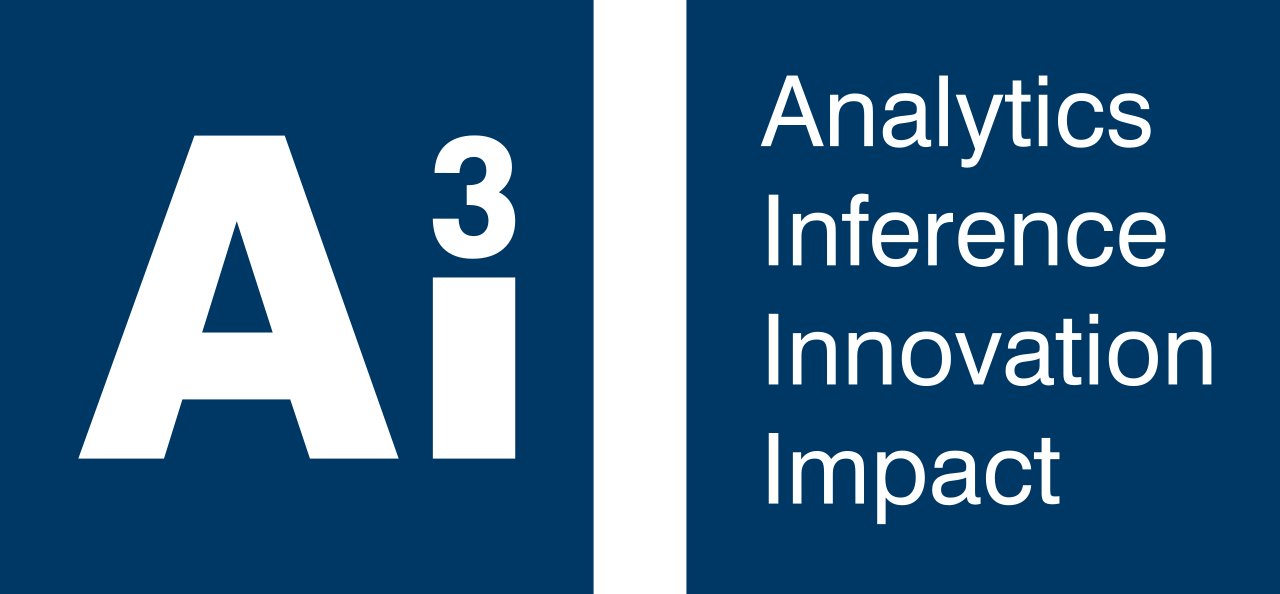Analytics for Digital Earth

“Digital earth” is the name given to the vision of creating an interactive digital replica of the earth and use that to explore and understand relationships between the environment and society. The analytics for digital earth project focuses on developing an understanding of how digital twins of environmental sub-systems such as air, water or soil can be created and linked together to form a digital earth replica. Using analytics to understand the interaction between the physical, environmental and social systems in the digital earth can help us understand the impact of the decisions we make and inform future policies. Quantifying these interactions can help us tackle the grand challenges facing society, such as climate change, population growth, green growth, and urbanization, and help us meet the UK’s Net Zero ambition. If we imagine the digital earth as a model of the earth system, then this model will need to be constantly updated with data, including sensors, earth observation and from citizens science.
The digital earth project based in the School of Mathematics and Statistics at the University of Glasgow aims to bring people from industry, government, and academia to combine expertise and discuss how to design and implement digital twins and link them to form a digital earth. The project aims to identify a network of interested parties with different skills and backgrounds, and bring them together to identify gaps where the digital earth can help solve real world challenges. The analytics for digital earth project will create a digital community through engagement with different sectors and then bring them together through a series of workshops and invited talks. The community will examine case studies with the aim of developing a framework and route map forward as to how we can further develop the digital earth idea.


